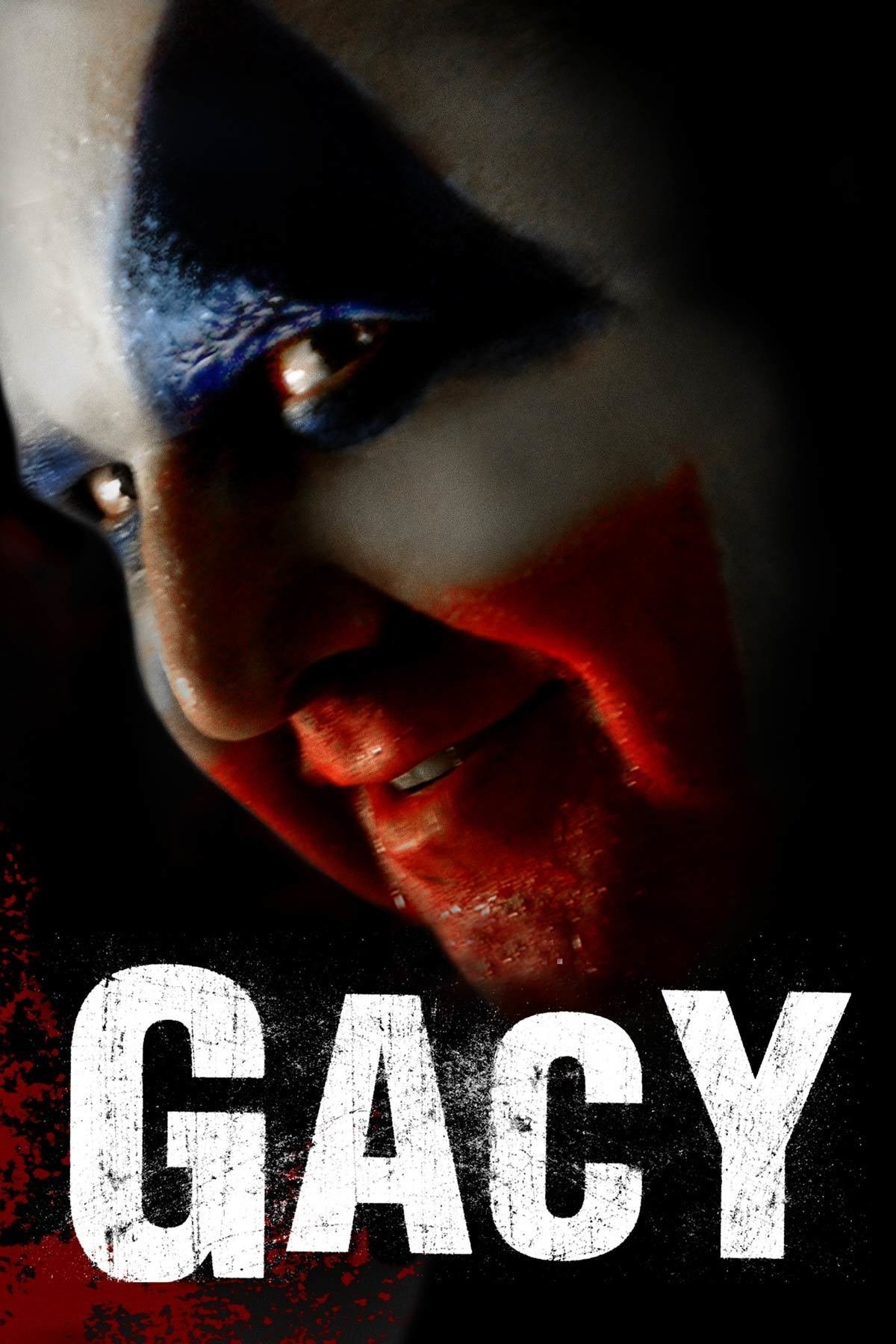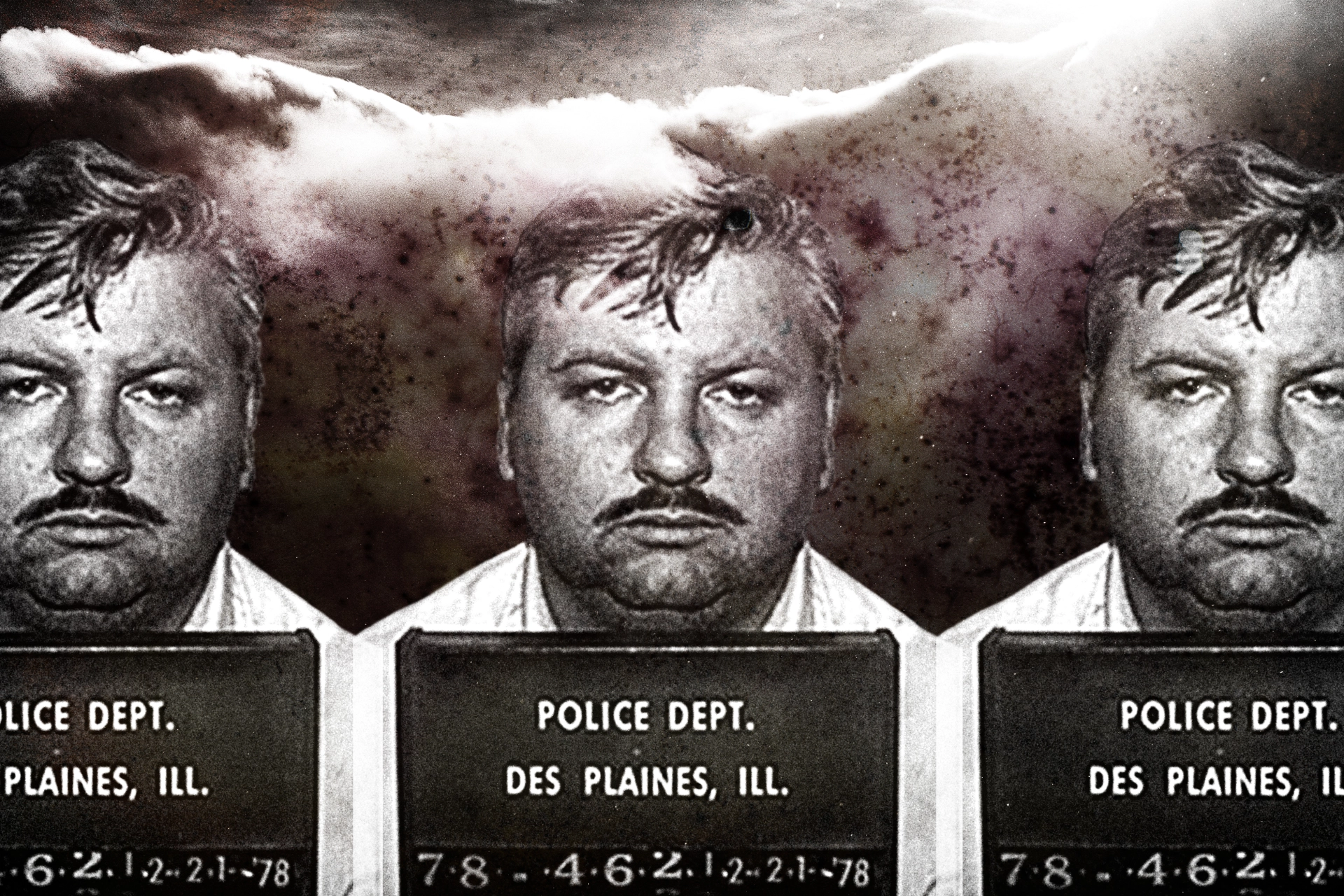The Dark Legacy Of Michael Gacy: A Deep Dive Into The Life Of The Killer Clown
Let’s talk about one of the darkest figures in American crime history, Michael Gacy. His name alone sends chills down the spine, and for good reason. Known as the "Killer Clown," Gacy’s story is a chilling reminder of how evil can hide in plain sight. But who exactly was this man behind the makeup? What drove him to commit such heinous crimes? And why does his story continue to fascinate and terrify people decades later? Buckle up, because we’re diving deep into the twisted world of Michael Gacy.
Michael Gacy is not just another name in the annals of crime history. His actions left an indelible mark on society, sparking conversations about mental health, criminal psychology, and the very nature of evil. As we explore his life, we’ll uncover the layers of this complex individual who managed to charm and deceive so many while harboring such darkness within.
But before we dive into the gritty details, let’s set the stage. This isn’t just a story about a serial killer; it’s a tale of deception, manipulation, and the fragility of human trust. So, whether you’re here out of morbid curiosity or a desire to understand the mind of a monster, you’re in for quite a ride.
- Tamilblasters Tamil Movie Download Your Ultimate Guide To Streaming And Downloading
- Fry99com The Ultimate Guide To Discovering A Gaming Haven
Biography of Michael Gacy
Early Life and Background
Michael John Gacy Jr. was born on March 17, 1942, in Chicago, Illinois. Growing up in a blue-collar family, Gacy’s childhood was far from idyllic. His father, John Gacy Sr., was an abusive alcoholic who frequently subjected young Michael to physical and emotional abuse. This toxic environment likely played a significant role in shaping his personality and future actions.
In school, Michael struggled academically and socially. He was often teased by classmates for being overweight and wearing glasses. Despite these challenges, he showed flashes of creativity and charisma, traits that would later help him charm those around him. By all accounts, Gacy was a man who craved attention and approval, often going to great lengths to win it.
Here’s a quick rundown of his early life:
- Jameliz Benitez Smith Nude The Truth Behind The Headlines
- Movie 4u Hub Your Ultimate Destination For Movie Enthusiasts
- Born in Chicago, Illinois
- Father was abusive and alcoholic
- Struggled academically and socially in school
- Showed early signs of creativity and charisma
Data and Facts About Michael Gacy
| Full Name | Michael John Gacy Jr. |
|---|---|
| Birth Date | March 17, 1942 |
| Place of Birth | Chicago, Illinois |
| Alias | Killer Clown |
| Victims | 33 confirmed |
| Execution Date | May 10, 1994 |
The Rise of Pogo the Clown
How Michael Gacy Became the Killer Clown
One of the most disturbing aspects of Gacy’s life was his alter ego, Pogo the Clown. This character became a staple at children’s parties and charity events, earning him praise and admiration from the community. But beneath the colorful makeup and oversized shoes lay a predator waiting to strike.
Gacy used Pogo as a mask, a way to hide his true nature from the world. It was almost as if he saw himself as two separate entities: the charming clown who brought joy to others and the dark figure who preyed on vulnerable young men. This duality made him even more dangerous, as no one suspected the man behind the makeup of such monstrous deeds.
Let’s break it down:
- Pogo the Clown was Gacy’s alter ego
- He performed at children’s parties and charity events
- His clown persona helped him gain trust and admiration
Crimes and Victims
The Chilling Details of Gacy’s Crimes
The crimes committed by Michael Gacy are nothing short of horrifying. Over the course of several years, he lured young men to his home under the pretense of offering them work or shelter. Once there, he would sexually assault and murder them, burying their bodies in the crawl space beneath his house. In total, 33 victims were confirmed, though some believe the number could be higher.
What made Gacy’s crimes so shocking was the methodical way he carried them out. He kept meticulous records, including photographs and personal belongings of his victims. This attention to detail was both a testament to his twisted mind and a key piece of evidence in his eventual conviction.
Here’s a glimpse into his modus operandi:
- Lured victims with promises of work or shelter
- Sexually assaulted and murdered them
- Buried bodies in crawl space beneath his house
- Kept detailed records of his crimes
Arrest and Trial
The Discovery of Gacy’s Horrific Crimes
Gacy’s reign of terror came to an end in December 1978 when the body of Robert Piest, one of his victims, was discovered in a nearby river. This discovery led police to search Gacy’s home, where they uncovered the remains of 26 victims buried in the crawl space. The subsequent investigation revealed the full extent of his crimes, shocking the nation and the world.
During his trial, Gacy attempted to plead insanity, claiming that he had no memory of committing the murders. However, the evidence against him was overwhelming, and in 1980, he was convicted of 33 counts of murder and sentenced to death. Despite numerous appeals, Gacy was executed by lethal injection on May 10, 1994.
Key moments in his arrest and trial:
- Body of Robert Piest discovered in river
- 26 bodies found in crawl space
- Gacy convicted of 33 counts of murder
- Sentenced to death in 1980
Psychological Profile of Michael Gacy
Understanding the Mind of a Monster
Psychologists and criminologists have long debated what drove Michael Gacy to commit such heinous crimes. While there’s no definitive answer, many believe that his abusive childhood and subsequent struggles with mental health played a significant role. Gacy himself claimed to have suffered from blackouts during which he committed the murders, though this was largely dismissed as a defense tactic.
One theory suggests that Gacy may have suffered from dissociative identity disorder, using his alter ego Pogo the Clown as a way to compartmentalize his violent tendencies. Others argue that his crimes were the result of a deep-seated need for control and power, combined with a lack of empathy for his victims.
Here are some key insights into Gacy’s psychology:
- Abusive childhood and mental health struggles
- Possible dissociative identity disorder
- Need for control and power
- Lack of empathy for victims
Legacy and Impact
Why Michael Gacy’s Story Still Matters Today
Decades after his death, Michael Gacy’s story continues to captivate and terrify people around the world. His case has been the subject of numerous books, documentaries, and films, each attempting to shed light on the mind of a monster. But why does his story resonate so strongly with us?
For one, Gacy’s crimes highlight the dangers of trusting appearances. He was able to deceive so many because he presented himself as a kind and generous person, using his clown persona to win over those around him. His story serves as a warning about the importance of looking beyond surface-level impressions and questioning what lies beneath.
Additionally, Gacy’s case has sparked important conversations about mental health, criminal psychology, and the justice system. It challenges us to consider how we can better identify and address the warning signs of dangerous behavior before it’s too late.
Key takeaways:
- Deceptive appearances can be dangerous
- Importance of mental health awareness
- Need for better systems to identify warning signs
Lessons Learned from Michael Gacy’s Case
What Can We Learn from the Killer Clown?
While Michael Gacy’s story is undeniably disturbing, it also offers valuable lessons for society. By studying his case, we can gain a better understanding of the factors that contribute to such extreme acts of violence and how we can work to prevent them in the future.
One of the most important lessons is the need for greater awareness and understanding of mental health issues. Gacy’s struggles with mental illness likely played a significant role in his actions, yet they were largely overlooked or dismissed by those around him. By fostering a more open and supportive environment for discussing mental health, we can help prevent similar tragedies from occurring.
Another key takeaway is the importance of vigilance and critical thinking. Gacy was able to deceive so many because people were unwilling or unable to see beyond his charming facade. By encouraging skepticism and questioning appearances, we can better protect ourselves and others from those who would do us harm.
Conclusion
In conclusion, the story of Michael Gacy is a harrowing reminder of the darkness that can exist within even the most seemingly ordinary individuals. From his abusive childhood to his rise as the infamous Killer Clown, Gacy’s life and crimes offer valuable insights into the mind of a monster and the factors that contribute to such extreme acts of violence.
As we reflect on his legacy, it’s important to remember the lessons his case teaches us. By increasing awareness of mental health issues, fostering critical thinking, and building stronger support systems, we can work to prevent similar tragedies in the future.
So, what do you think? Was Michael Gacy a product of his environment, or was he simply born evil? Leave your thoughts in the comments below and don’t forget to share this article with your friends. The more we talk about these issues, the closer we get to understanding and preventing them.
Table of Contents
Article Recommendations
- Pr Movies The Ultimate Guide To Public Relations In The Film Industry
- Bolly4u Org Pro Your Ultimate Movie Streaming Companion



Detail Author:
- Name : Mr. Vladimir Douglas
- Username : abbott.alicia
- Email : alize.beahan@gmail.com
- Birthdate : 1986-12-27
- Address : 3194 Kenya Ranch East Mossie, NY 23370-0637
- Phone : +1-314-413-4819
- Company : Donnelly Group
- Job : Cabinetmaker
- Bio : Dignissimos voluptatem inventore qui vitae esse quia ut. Adipisci debitis reiciendis iste ut quibusdam non. Explicabo possimus et quis voluptas autem totam.
Socials
twitter:
- url : https://twitter.com/joesph_wiza
- username : joesph_wiza
- bio : Sunt explicabo et numquam unde libero. Voluptas iure aut maxime error maxime. Et officiis accusamus est quia minima sint.
- followers : 2234
- following : 520
linkedin:
- url : https://linkedin.com/in/joesphwiza
- username : joesphwiza
- bio : Qui temporibus dolorem dolore esse.
- followers : 5703
- following : 774
facebook:
- url : https://facebook.com/joesphwiza
- username : joesphwiza
- bio : Impedit soluta esse ut pariatur molestias quo laboriosam.
- followers : 3575
- following : 580
instagram:
- url : https://instagram.com/wizaj
- username : wizaj
- bio : Debitis maiores eos nihil a exercitationem libero. Nam eaque ut facere.
- followers : 6799
- following : 2845
tiktok:
- url : https://tiktok.com/@wiza1974
- username : wiza1974
- bio : Aperiam sint numquam sapiente repellat inventore.
- followers : 1679
- following : 1341